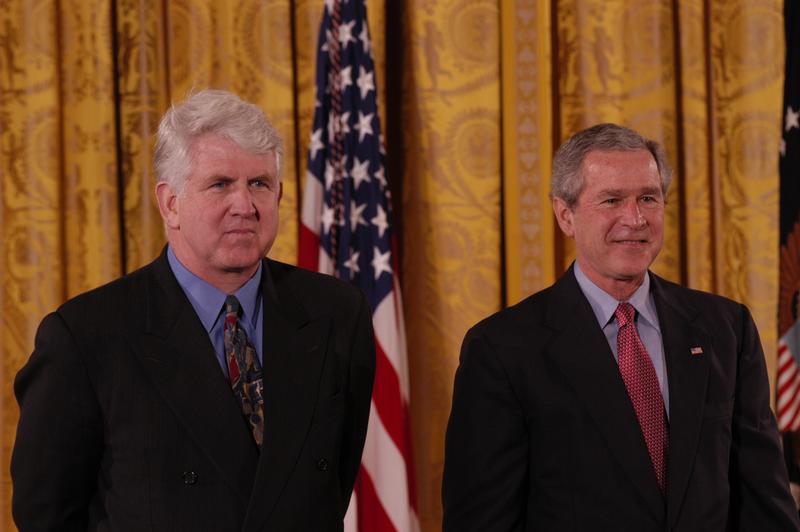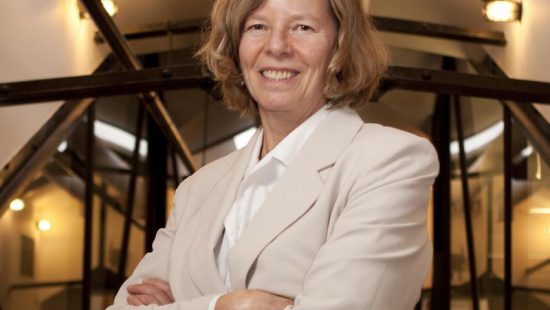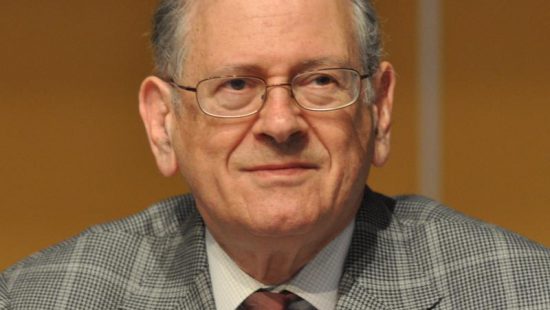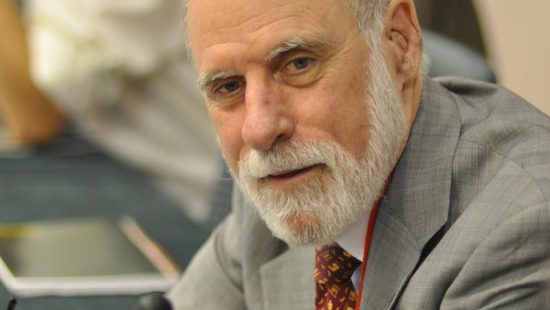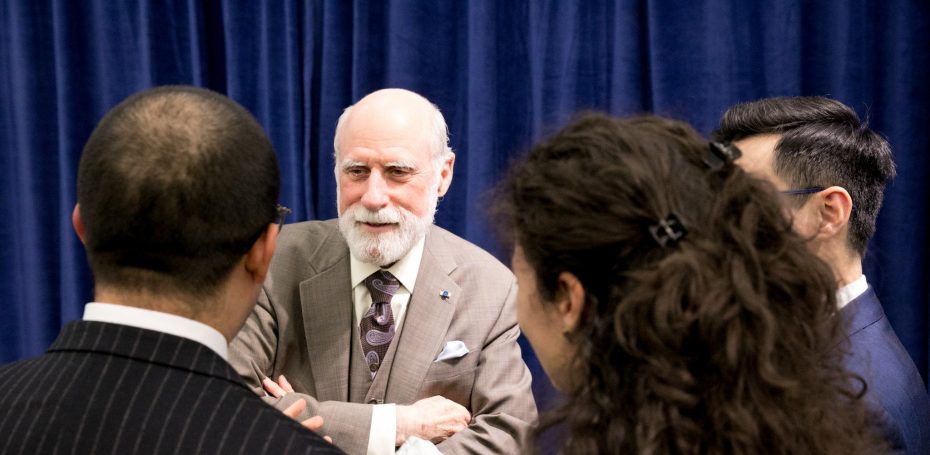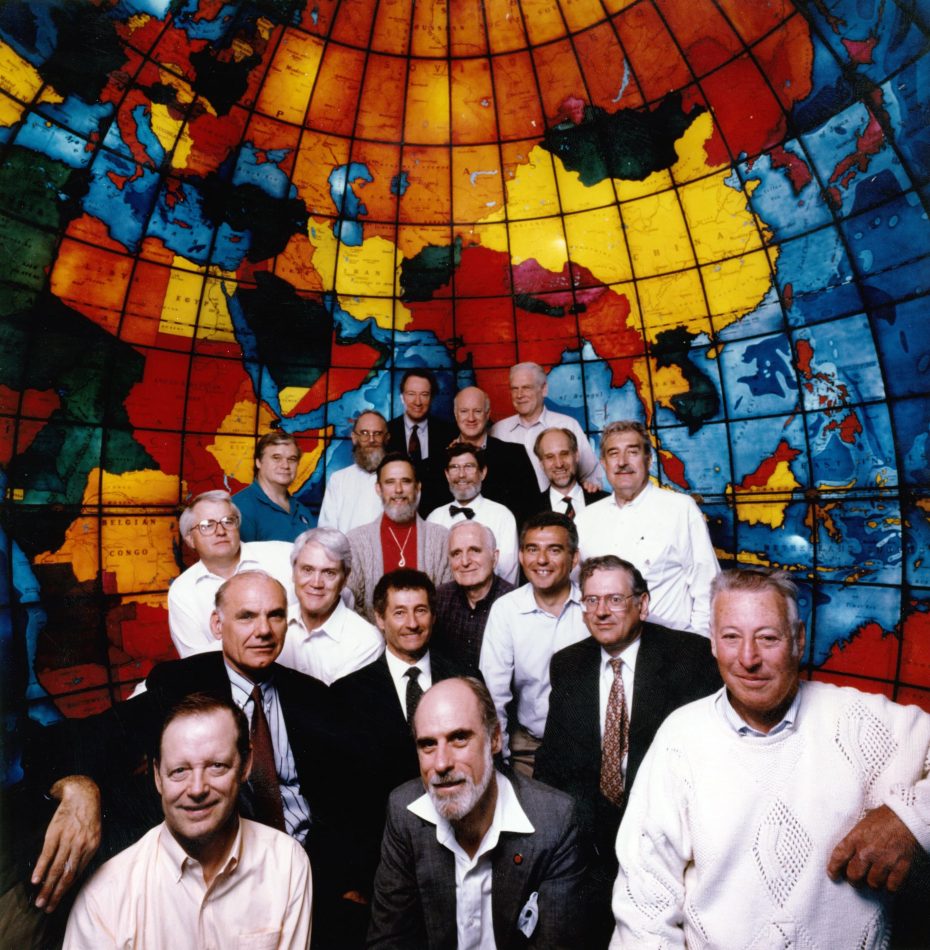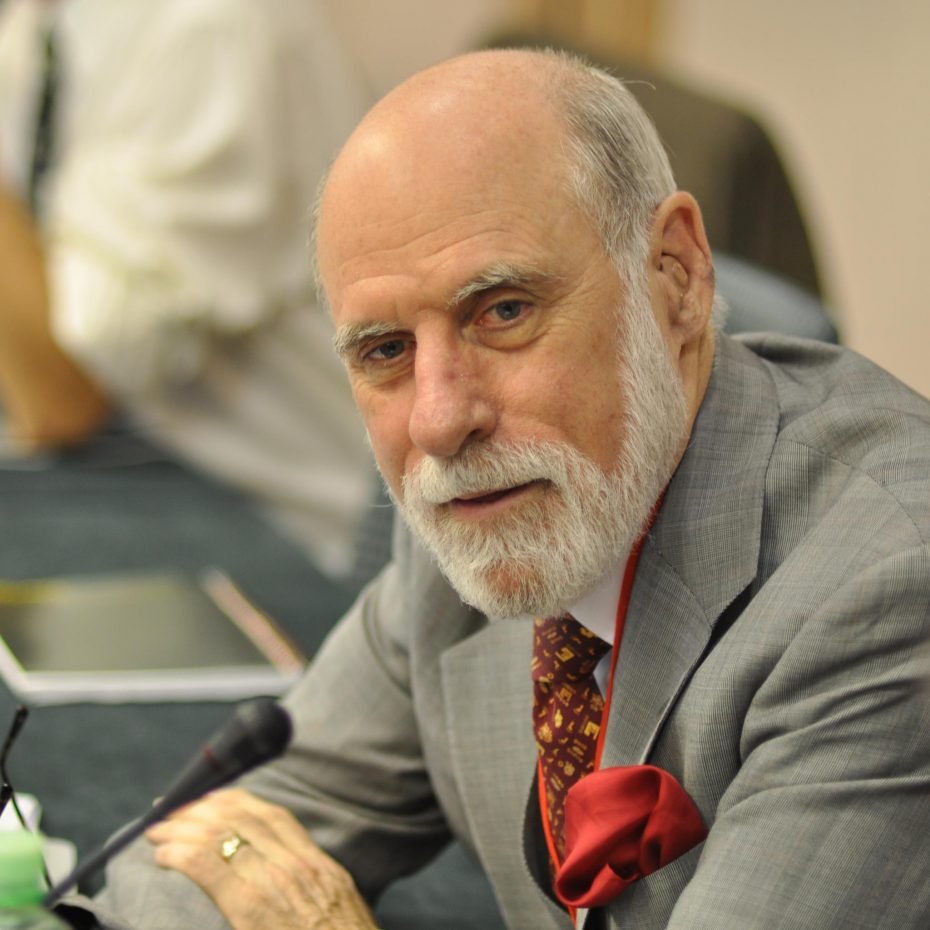If you’ve ever wirelessly browsed the Internet on your home computer, you’ve been tapped into local area network, or LAN, technologies—the most common of which was created by engineer, technology executive and venture capitalist Robert Metcalfe.
Metcalfe is best known for inventing the Ethernet, the networking system that allows personal computers to communicate with each other.
A native of Brooklyn, New York, Metcalfe earned two bachelor’s degrees in electrical engineering and industrial management from the Massachusetts Institute of Technology before enrolling at Harvard University for graduate school, where he earned his M.S. in applied mathematics and his Ph.D. in computer science.
While pursuing his doctorate, Metcalfe worked with MIT’s Project MAC, where he was responsible for building some of the hardware that would link the university’s minicomputers with the ARPAnet. Metcalfe was intrigued by this type of work, and after reading about the ALOHA network at the University of Hawaii, which used radio waves instead of telephone wire to transmit data, he made it the topic of his doctoral dissertation.
After graduating, Metcalfe worked at Xerox’s Palo Alto Research Center, known as PARC. And in 1973, while trying to create a way to connect several computers to one printer at the facility, he invented the Ethernet.
In 1979, Metcalfe left PARC to launch 3Com, a firm devoted to selling Ethernet and other networking products. The company, which went public in 1984, earned Metcalfe millionaire status.
He worked there until 1990 and has since explored various interests. He spent a year as a visiting fellow at the University of Cambridge; he joined InfoWorld as published, CEO and weekly columnist; he became a general partner of Polaris Venture Partners; he cofounded an executive technology conference; and now, he holds the position of professor of electrical engineering and director of innovation at The University of Texas at Austin.
By Sydni Dunn

